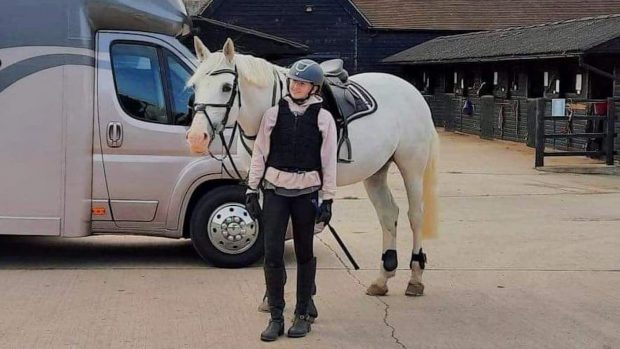Modern diagnostic tools such as MRI or scintigraphy, also known as bone scanning, are sometimes preferable to the more standard imaging methods, such as X-rays (for bones) and ultrasound (for soft tissues), when diagnosing hairline fractures.
These modern tools can help pinpoint deep sites of skeletal inflammation, which are not apparent using other forms of routine clinical investigation.
With scintigraphy, a low level of a relatively safe radioactive substance attached to a “bone-seeking” agent such as (technetium) is injected into the horse’s bloodstream. In areas where there has been stress or damage, the bone has a greater uptake of this agent. This results in a higher radiation count in these specific areas, or “hot spots” which allow us to see how the bone is behaving or how it feels.
By comparison, X-rays provide an anatomical assessment of the bone, or how it looks.
The need to find the site of pain is also crucial. Many horse-owners will have made the mistake of disguising vague lameness with painkillers such as bute, which can be potentially disastrous when there is an underlying bone injury. If a horse with such an injury is returned to work prematurely, the damaged bone may fracture with catastrophic consequences.



